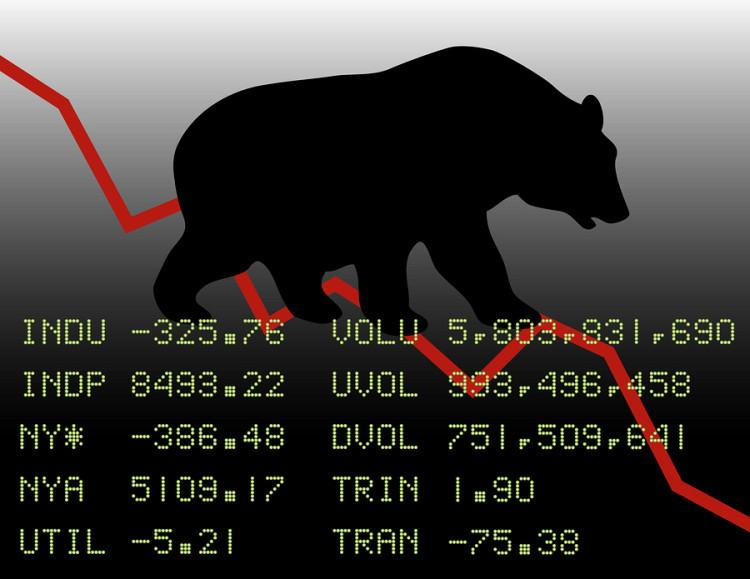Even Dollar Bears Are Wary of Betting Against Greenback Just Yet

published Nov 11, 2018, 4:00:00 PM, by Sydney Maki
(Bloomberg) —
Dollar bears may want to hibernate this winter.
Although many currency strategists see the greenback resuming its downtrend in 2019, some are advising investors to keep their powder dry for now. The Bloomberg dollar index climbed as much as 0.4 percent Friday and was close to the more than 17-month high reached at the end of October. The greenback was helped by a decline in U.S. stocks and signals from the Federal Reserve that it doesn’t plan to budge from its tightening path.
It suggests the “king dollar” trend may have room to run, Valentin Marinov, head of Group-of-10 currency strategy at Credit Agricole, said in an interview. With the Fed expected to continue raising rates into 2019, the U.S. currency may remain strong well into the first quarter.
“You may see a gradual grind higher, even though it will fall well short of the lofty highs of late 2016, early 2017,” he said about the greenback. He emphasized that it will do best against currencies with more exposure to China, such as Australia’s and New Zealand’s, but warned “the dollar is close to peaking, and the longer-term risks 6 to 12 months out seem to be on the downside.”
Kit Juckes, global fixed-income strategist at Societe Generale, also doubts the dollar’s good vibes are drying up. Between the U.S. economy still running hot, a tightening labor market and a Fed that’s “unlikely to give any hint that they are approaching peak rates for several quarters,” dollar bears have plenty of hurdles to clear, Juckes said in a Nov. 8 note.
The currency is overvalued and market is positioned long, which suggests a correction is likely in 2019, Juckes wrote. In the meantime, however, he is “wary of jumping the gun.”
Ben Randol, senior director of currency strategy at Bank of America, expects the dollar will weaken next year as U.S. economic growth cools, he said in an interview. But it may find support from Brexit difficulties, the threat of deeper Italian fiscal crisis and U.S.-China trade tensions.
“Timing is very difficult,” Randol said “Given the risks, it can be a challenge to have conviction high enough to short the dollar.”
Turning Point
The turning point may arrive near the end of the first quarter when political risk bubbles up again around U.S. government spending, Credit Agricole’s Marinov said. Plus, the U.S. midterm election results may stymie additional fiscal stimulus measures. A pause in Fed rate hikes some time around the middle of 2019 and the start of rate increases in Europe could also factor in.
“We think that growth will moderate, especially given that the prospects for further aggressive fiscal stimulus may wane now that political gridlock has returned to Washington D.C. and the global growth headwinds have intensified,” he said.
By the end of next year, the euro could be back above $1.26 from around $1.13 at the end of last week, while the dollar-yen rate, which was close to 114, could be below 104, he said. That could see the dollar index return to levels last seen in late 2017 and early 2018, according to Marinov.
To contact the reporter on this story: Sydney Maki in New York at smaki8@bloomberg.net To contact the editors responsible for this story: Benjamin Purvis at bpurvis@bloomberg.net Elizabeth Stanton
COPYRIGHT
© 2018 Bloomberg L.P



No Comment